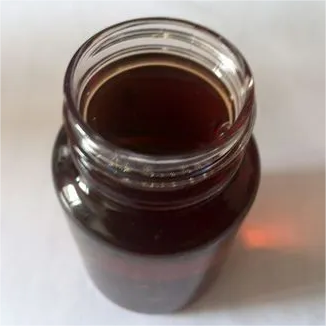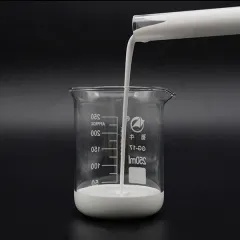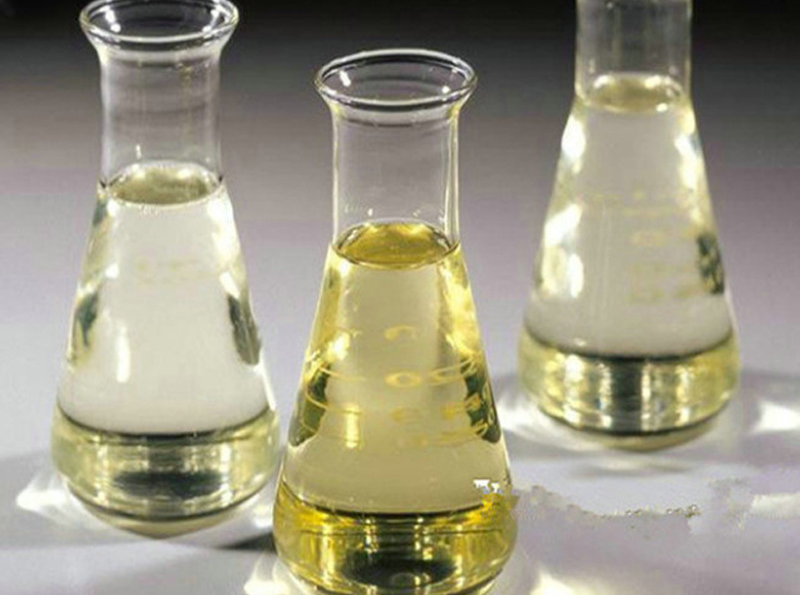The Magic Behind Sudsy Water: What’s a Surfactant?
(What Does Surfactant Do?)
Ever wonder why soap makes bubbles? Or how dish liquid cuts through greasy pans? The secret weapon is something called a surfactant. It sounds fancy, but it’s just a special kind of molecule. This molecule works some serious magic on water. Water alone isn’t great at cleaning oily stuff. You’ve seen it. Water beads up on a waxed car. It rolls right off a duck’s back. Water molecules really like sticking to other water molecules. They don’t like sticking to oil or grease. This is a problem for cleaning.
This is where the surfactant steps in. Think of a surfactant molecule like a tiny magnet with two different ends. One end loves water. We call that hydrophilic. The other end hates water but loves grease and oil. That end is hydrophobic. When you add surfactant to water, something amazing happens. The hydrophobic tails desperately want to escape the water. They stick to any grease or dirt they can find. The water-loving heads stay happily in the water. So, the surfactant molecules surround the grease droplet. The hydrophobic tails point inward, grabbing the grease. The hydrophilic heads point outward, facing the water. This forms a little bubble around the grease called a micelle.
Now, the grease is trapped inside this micelle. The outside of the micelle looks just like water to the surrounding water. The water molecules accept it. The grease is no longer a separate blob repelling water. It’s hidden inside this tiny cage. The micelle gets lifted away easily. You rinse it down the drain. This is how soap cleans your hands. It’s how dishwashing liquid tackles that baked-on lasagna pan. Surfactants make water “wetter” by letting it interact with things it normally avoids.
But cleaning is just the start. Surfactants are everywhere. They help mix oil and vinegar in your salad dressing. Without them, the oil would just float on top. They make your paint spread smoothly on the wall. They help firefighting foam smother flames. They even help medicines get absorbed in your body. Ever notice bubbles in your soda or head on your beer? Surfactants help form those bubbles and keep them stable. They stop ice cream from turning into a solid icy block. They help printer ink flow correctly onto paper.
(What Does Surfactant Do?)
Different surfactants have different strengths. Some are super strong cleaners for industrial jobs. Others are gentle enough for your baby’s shampoo. Finding the right one matters. The key is always that split personality: part water-lover, part oil-grabber. This tiny molecular trickster makes so much possible. Next time you see bubbles in your sink, remember the little surfactant molecules working hard. They’re breaking down barriers, lifting away grime, and making things mix that shouldn’t. It’s chemistry you can see in action every single day.
Inquiry us
if you want to want to know more, please feel free to contact us. (nanotrun@yahoo.com)




